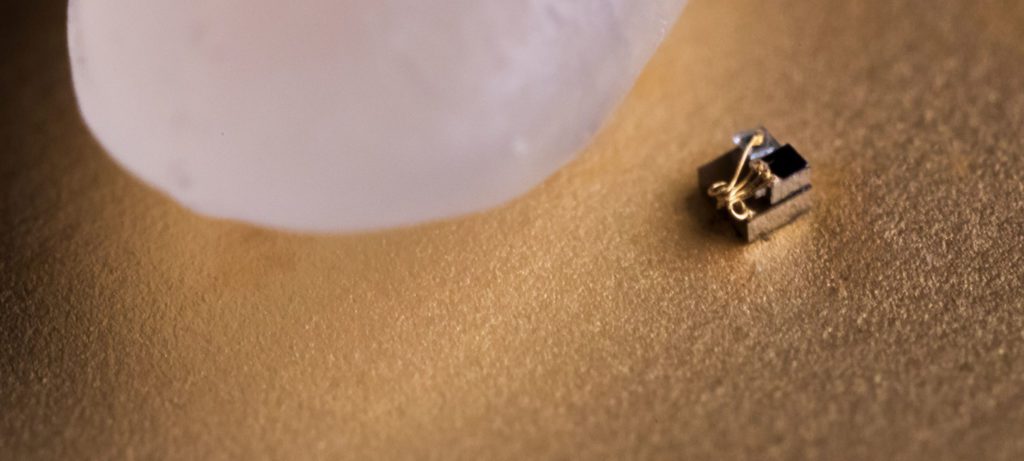While NASA never intended for the probe to return to Earth, Venus represents a point of no return.
The post Part 4: Using the gravity of Venus to reach the sun appeared first on Michigan Engineering News.
While NASA never intended for the probe to return to Earth, Venus represents a point of no return.
The post Part 4: Using the gravity of Venus to reach the sun appeared first on Michigan Engineering News.
The probe will make multiple passes through the corona, utilizing seven gravity assists from Venus to bring its orbits closer and closer to the sun.
The post Part 3: Parker’s record-breaking ride appeared first on Michigan Engineering News.
A key component of Justin Kasper’s sensory equipment, Parker’s Faraday cup, had to be shown capable of withstanding the heat and light of the journey to the sun. To test it, researchers had to create something new – a homemade sun simulator.
The post Part 2: Testing: Simulating the sun on Earth appeared first on Michigan Engineering News.
When strong magnetic fields crop up along the surface of the Sun cause the atmosphere above to twist, the buildup of magnetic energy leads to a sudden release, called a solar flare. When that energy reaches Earth, it has the capacity to wreak havoc.
The post Part 1: Why we need an early-warning system for solar ejections appeared first on Michigan Engineering News.
AI, weather forecasting and data science would all benefit from computers that store and process data in the same place. Memristors could be up to the task.
The post Memory-processing unit (MPU) could bring memristors to the masses appeared first on Michigan Engineering News.
DARPA’s initiative to reinvigorate the microelectronics industry draws deeply on Michigan Engineering expertise.
The post Beyond Moore’s law: $16.7M for advanced computing projects appeared first on Michigan Engineering News.
Gas leaks estimated to be worth $2 billion could have fueled 10 million homes.
The post Oil, gas methane emissions 60 percent higher than EPA reports appeared first on Michigan Engineering News.

The latest from IBM and now the University of Michigan is redefining what counts as a computer at the microscale.
‘We estimate that a finished solar cell could be about ten times cheaper than an equivalent gallium arsenide cell.’
The post The material that could power tomorrow’s solar cells appeared first on Michigan Engineering News.
New software finally makes ‘memory disaggregation’ practical.
The post A breakthrough for large scale computing appeared first on Michigan Engineering News.